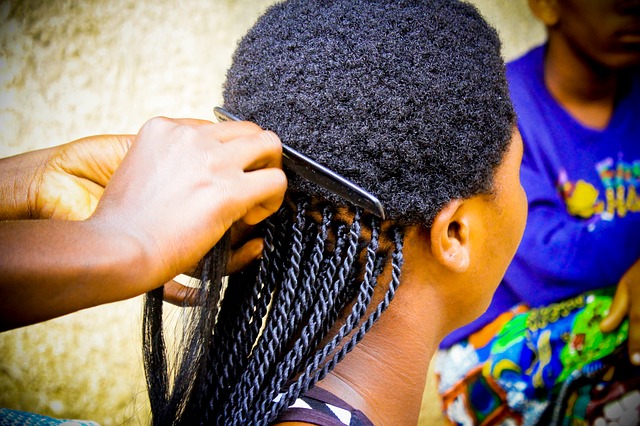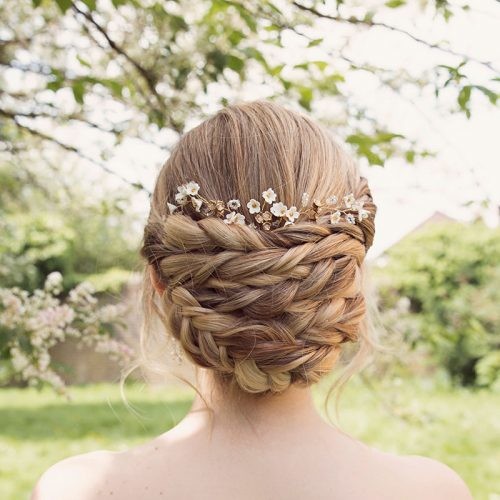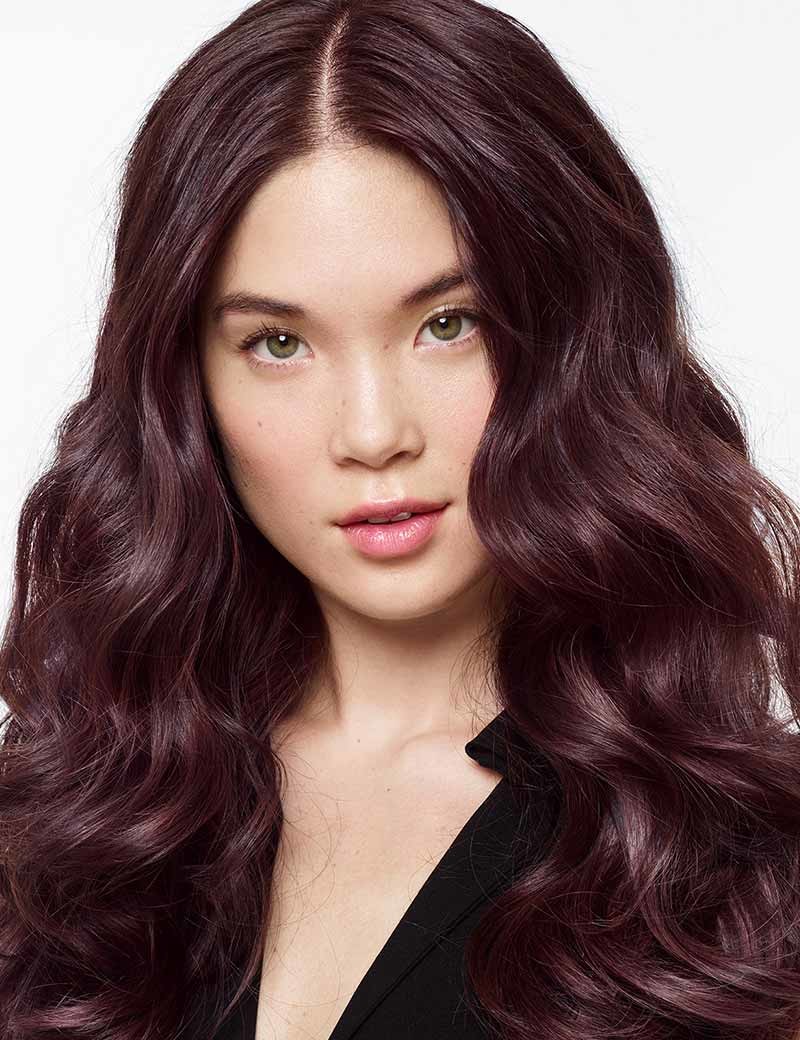Wigs have a bit of a hairy reputation. Historically, they’ve been seen as itchy, difficult to look after and easy to spot when someone is wearing one! Well, the days of ratty looking wigs that look like they’re made of horse hair may be over, but they’ve got tales as long as Rapunzel’s mane to tell.
- 1.Wig like an Egyptian
- 2.Europe gets wiggy with it – 16th-18th Centuries
- 3.Introducing weaves, the wig’s distant cousin
- 4.Wigs in the 21st century
- 5.A king cannot be bald!
- 6.Let them wear wigs
- 7.Prepare for a hairy battle
Wig like an Egyptian
In the early days of wigs, they were used to protect the bald scalps of ancient Egyptians from the blistering desert sun. They were attached using resin and beeswax. It was also common for hair pieces or wigs to be attached to mummies, as ancient Egyptians believed that it was important to make a good first impression in the afterlife.
Wig is a covering for the head made from real or artificial hair. It is used as a fashion detail, to hide baldness or losing of hair, as a religious practice or as a costume. Artificial materials that are used for making wigs are wool, horse hair, yak and buffalo hair and feathers.
Ancient civilization was no (Egyptian) walk in the park. The hot, dry climate made it almost impossible for people to let their hair grow without getting overheated or attracting lice. So men and women kept their heads shaved, and donned wigs to protect their scalps from the sun.
But they weren’t just practical accessories. Wigs also became a way denote social status, wealth, and even religious piety. The most expensive models were made with human hair, beeswax, and animal hair, and decorated with gold pleats, beads, and ribbon. Men and women alike were buried with their wigs, in hopes of appearing wealthy and beautiful in the afterlife.
Oldest known wigs date bake from Ancient Egypt. Egyptians shaved their heads because hair was very difficult for maintaining in the hot desert sun. But because bald head was not considered pretty, Egyptians used wigs. While all classes shaved their heads and wore wigs, there were differences between wigs for lower classes and wigs for upper classes. Upper classes could afford wigs made from human hair, wool, fibers from palm leafs and even wigs made of silver.
Europe gets wiggy with it – 16th-18th Centuries
Despite the Egyptians’ ornate hair creations, wig fashion had become more or less obsolete in Europe until the middle of the 16th century, when the syphilis epidemic terrorized the continent and, in many cases, stripped the hair of those infected. In the face of widespread baldness, Europeans finally embraced the wig.
Necessity kept false hair relevant through the 17th century, providing King Louis XIV with a way to hide his thinning follicles (while preserving his public image, of course). Frenchmen of all classes were keen to replicate Louis’s new ‘do, and voila—Europe’s newest superfluous fashion trend was born.
In the years that followed, men of high status sported long, fluffed curls, while women experimented with elaborate hairpieces.
Meanwhile, in England, hair became the favored way for upper class Brits to showcase their wealth and power. Following the reign of King Charles II (1630-1685) — who went nowhere without his fabulously long hairpiece — wigs became a staple of English polite society, and a part of mandatory dress codes for court officials and other high ranking professionals.
The 18th century marks the peak of wig history. Once it was embraced by the rich and famous, the wig became a must-have accessory for European and Colonial American men looking to show off their status. Different sizes, shapes, and styles emerged (like the classic powdered wig or peruke) to meet growing demands. Those in the lower class made do with cheap hairpieces, or by fixing their own hair to look more wig-like.
Introducing weaves, the wig’s distant cousin
In 15th century Africa, wigs weren’t used much. But hairstyles were still an indication of marital status, age, religion, and rank.
When slavery began in the United States in 1619, those sold were stripped of their identities, and forced to take on whatever appearance their captors deemed fit. For some, that meant wearing wigs resembling those donned by their owners, and, for others, it meant cutting their hair off completely.
Even when slavery was abolished in 1865, African Americans remained under pressure to fit in with white society. “Neat” (read: straightened) hair became a requirement for most schools, churches, and social groups. Many African Americans adjusted their hairstyles accordingly, using hot combs, oils, and hairsprays.
In 1951, African American hairdresser and wig manufacturer Christina Jenkins invented the “hairweeve,” by sewing synthetic hair into her clients’ own follicles. The weave, as it’s now known, became a revolutionary tool for African American women. Sewing in hair, rather than simply letting it sit on one’s head, allowed the weave to stay in place for extended amounts of time. And the endless variations in color, style, and length gave wearers unlimited creative freedom.
Wigs in the 21st century
Today, the wig has taken on a more artistic and theatrical function, adding pizzazz to Halloween costumes, fan conventions, and stage productions. Actors, musicians, and celebrities—from Cher to Lady Gaga to The Kardashians—wear wigs as fashion statements, to signify new personas, or simply to show how magnificent they are (much like the aristocrats of the 18th century).
The historical significance of wigs isn’t lost in pop culture, either. Savvy viewers can identify the approximate time a movie or TV show takes place just by looking at the type of wig being worn (think of “period pieces” such as Hairspray, Pirates of the Caribbean, and Game of Thrones, to name a few). More recently, some folks have taken the once horrifying idea of a wig being snatched off and turned it into a high compliment. Originating from fans of TV shows like RuPaul’s Drag Race, where wigs and weaves take center stage, variations on the phrase “wig snatching” are now used as expressions of awe. Many social media users, especially on Twitter, have embraced the term.
So, no matter its function—practical, artistic, or just for show—the wig continues to play a pivotal role in our lives. The real question is: what’s the next step for this highly adaptable accessory? Matching colored hairpieces worn by servers at chain restaurants? Hologram wigs, that can be switched on and off with the click of a button? A subscription wig-by-mail service, a la Netflix? We can’t wait to find out.
A king cannot be bald!
Wigs lost popularity for several centuries, but reappeared in the 16th century as a means to hide hair loss and make the wearer feel more beautiful. Due to the poor hygiene of the period, many people willingly shaved their hair off and wore wigs to protect themselves from lice. They were particularly popular with royal families across Europe. Queen Elizabeth I favoured a tightly curled red wig, while King Louis XIII of France made wigs fashionable for men when he suffered premature balding.
Let them wear wigs
The 18th century was famous for white or off-white wigs worn by men and grey or blue-grey hair pieces and wigs by women. Marie Antoinette is one such historical figure who favoured this extravagant look in her court, where women and men wore elaborate wigs that often weighed several kilograms. Not surprisingly, the elaborate coiffures fell out of fashion at the beginning of the French Revolution. The off-white men’s wigs of this period were also worn by several professions as part of their official uniforms, a tradition that continues today in many courts of law.
Prepare for a hairy battle
One of the strangest professions in which a wig was worn was by military officers in the 17th, 18th and 19th centuries. Across Europe, many military uniforms were similar to civilian clothing with a few special additions, which included officers wearing wigs to reflect those fashions. This meant full-bottomed natural-coloured wigs in the late 17th century and the powdered off-white wigs in the early 18th century. Once again, these wigs fell out of fashion following the French Revolution.
The only wig you’ll ever notice is a bad one. Starkles only stocks the best quality designer brand wigs. If you’re interested in trying a whole new hairstyle, risk free, then why not visit one of our stores for a consultation with a wig expert today.







